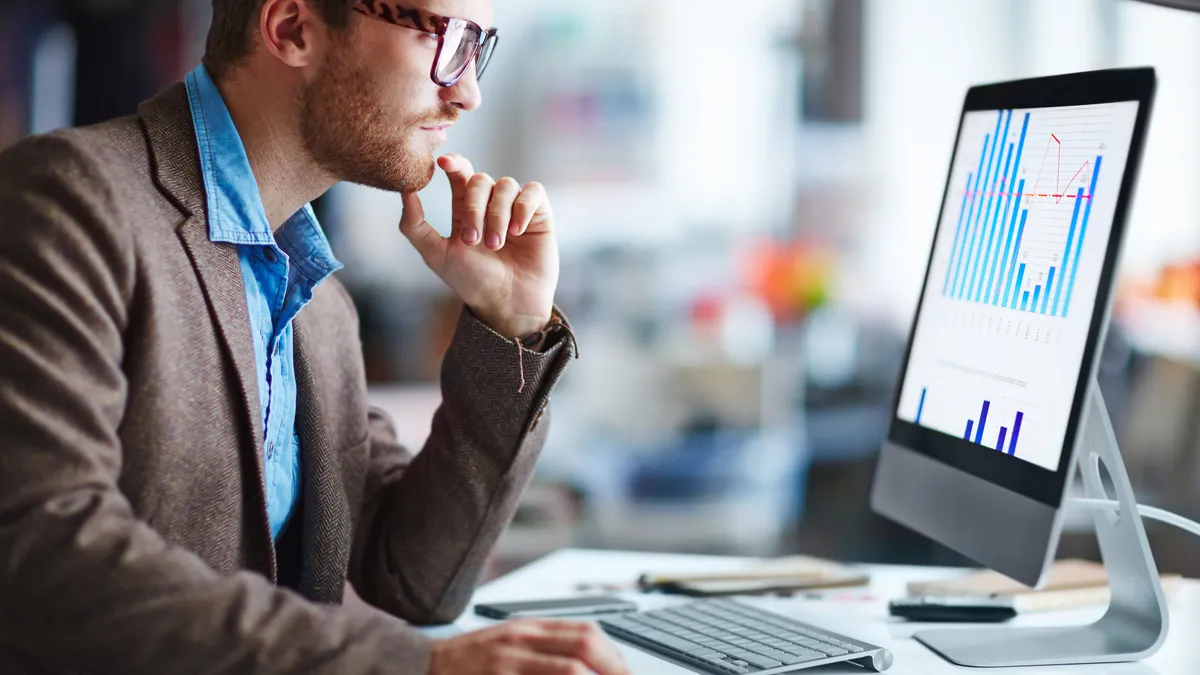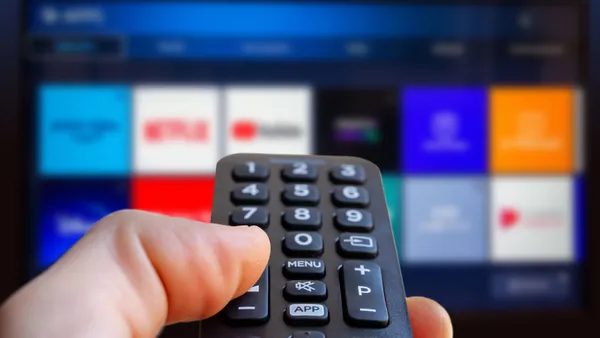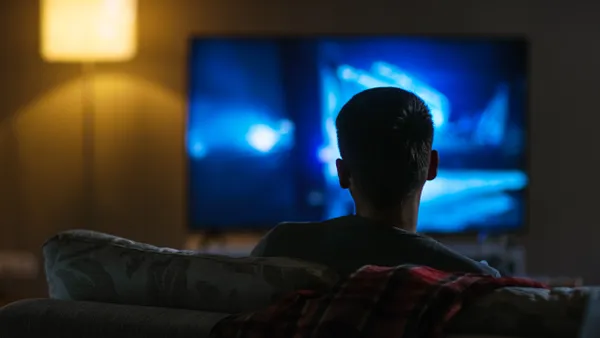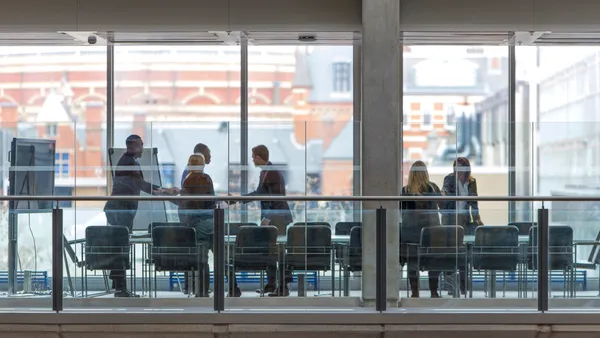Dive Brief:
- Ad spending in the year’s second half is expected to be 7% higher than what marketers originally planned, according to a new survey of media decision-makers conducted by the Interactive Advertising Bureau (IAB).
- However, sentiment is uneven in category breakouts. Travel is forecasting 27% higher spending than anticipated while tech is 15% higher. But automotive foresees spending that’s 2% lower versus original plans while health and wellness is projected to be down 5%.
- Buyers pulling back pointed to a number of reasons, including a tightening economy (cited by 66%), supply chain issues (45%) and consumer inflation (38%). Marketers now expect full-year media spending to increase 9% over 2021, down from a prior outlook of a 13% gain.
Dive Insight:
The IAB’s H2 update illustrates how a tightening economy is creating an uneven impact on advertising. Media spending for H2 is shaping up to be higher than originally anticipated in a broad sense despite ongoing inflationary pressures and fears of a recession. But the bullishness is skewed toward categories that have experienced an exceptionally strong rebound this year, like travel, while other heavy-hitting segments are steeling for a barren marketplace.
Some industries are projecting modest gains, even as they contend with choosier consumers. Retail and packaged goods both forecast their H2 ad spending will be 3% higher than planned, while media and entertainment expects to be up just 1%. The IAB polled both brand and agency investment decision-makers for its research.
Companies such as Coca-Cola and Unilever have recently affirmed they’re ramping up marketing to create a stronger sense of brand value amid price hikes. On the flip side, the reasons marketers in spaces like automotive are tightening their belts shouldn’t come as a surprise.
Inflation tied to consumer prices, energy and media are all weighing on investment, and ladder up to the No. 1 cause for cutbacks: a generally slowing economy. Fourteen percent of marketers reducing ad spending called out the Ukraine war while 22% fell into an “other” segment comprised of COVID-19 disruptions, budgetary adjustments and various business challenges.
Given the mixed picture for H2, which features the crucial holiday window, the full-year outlook of buyers is notably lower than it was in earlier surveys conducted by the IAB, down to single-digit expectations for growth. The downward trend aligns with reporting compiled by other industry forecasters but is hardly earth-shattering given the larger volatility.
That said, marketers could be hitting a rough patch longer-term. Nearly three in four buyers (71%) think a slowing economy will lead to lower ad spending within the next year. A majority of that group (84%) believe the impact will be delivered in the first half of 2023 — a window that aligns with when other experts view a recession taking hold. Still, buyers hold out optimism for 2023 even as growth slows, with ad spending predicted to be up 10% year-on-year.















